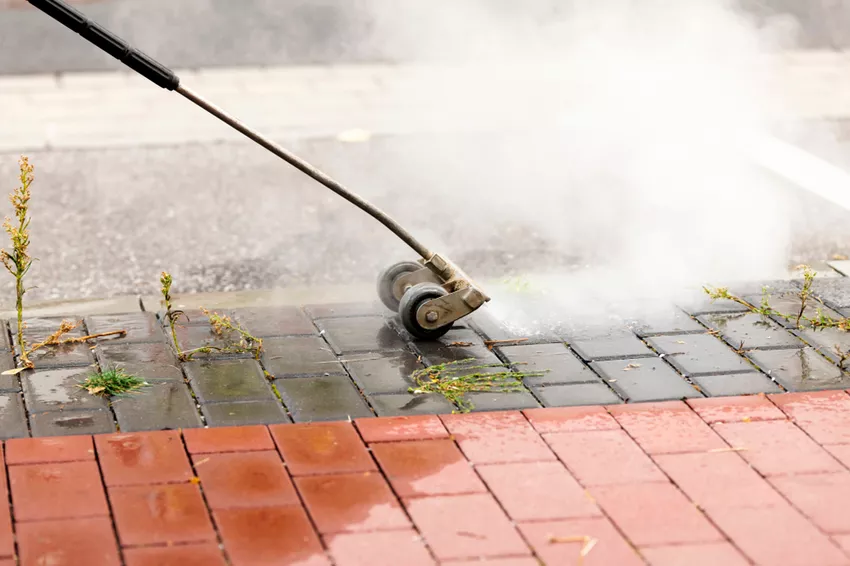- How does hot water work?
- Prepare hot water to save energy
- How is the boiling water used?
- What are the advantages of this method and are there any disadvantages?
There are a variety of ways in which you can tackle weeds without the use of chemicals. Probably the best known and at the same time the least harmful to the environment is boiling water. In this article you will find out why this works so well and why it can definitely keep up with herbicides.
 Nobody survives a bath with boiling water: not even weeds
Nobody survives a bath with boiling water: not even weeds
How does hot water work?
- The boiling liquid destroys the cell structure on the leaves of the plants. Photosynthesis can no longer take place.
- The hot water also penetrates the soil and damages the roots here. The plant can no longer absorb water and dries up.
Prepare hot water to save energy
Bring the liquid to the required temperature in a commercial kettle. If you want to save energy, you can simply use potato water or collect the hot pasta water and pour it over the weeds.
How is the boiling water used?
The liquid no longer has to be boiling, but should be warm. Pour this in a thin stream over the green. All parts of the plant must be wetted evenly and for about ten seconds.
To avoid accidental damage to nearby plants, make sure they do not come into contact with the hot liquid.
What are the advantages of this method and are there any disadvantages?
Boiling water helps very well against stubborn weeds. It works:
- uncomplicated,
- fast and effective,
- without the use of chemicals and therefore ecologically harmless.
But there are also disadvantages:
- On large areas, the water and energy consumption would be too high.
- The soil bacteria in the immediate vicinity can die off.
- Surfaces can be affected by the hot liquid.
tips
Boiling water is very good for destroying weeds that have settled in the joints of the paving stones. However, the material can be damaged by the heat. If you are unsure how robust the surface is, you should first test the method on a leftover stone.